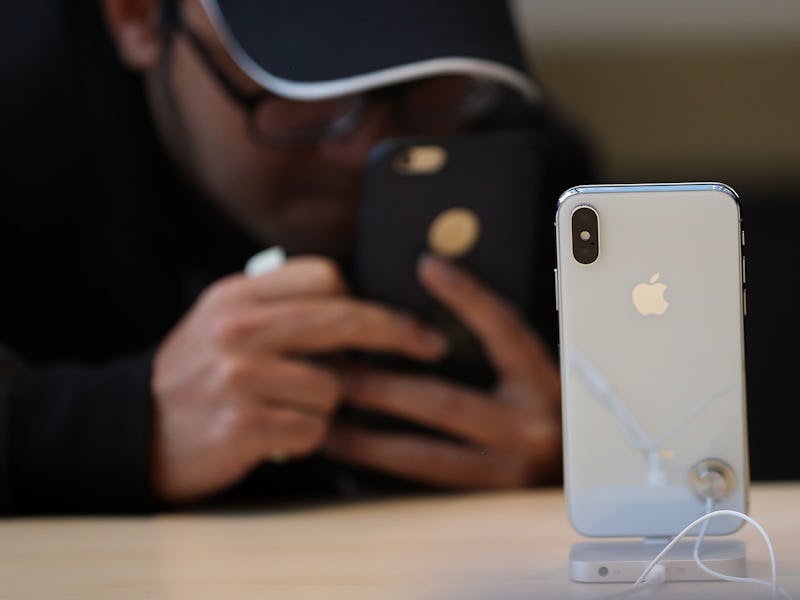How Does an iPhone X App Reveal DSLR-Like Photo Powers? We Asked Its Maker
Focos has big plans in mind.

A new app that reveals the hidden potential of the iPhone X is causing a storm. Focos, a free app released last week that has over 200,000 downloads, takes the information from the two camera lenses and uses it to recreate the level of quality normally found on high-end DSLR cameras.
“All users believe that Focos is more useful and professional than the stock Camera app,” Patrick Wang, developer of the app, tells Inverse.
The built-in camera app normally uses the information from the two lenses to judge distance and blur the background of subjects, in a feature called Portrait Mode. Focos takes this to a new level by allowing users to move the focus after the picture has been taken, as well as edits to the “bokeh” blur effect itself. Instead of carrying a bag full of equipment around, Focos enables users to take impressive pictures using the smartphone in their pocket.
Focos in action.
The app, which also runs on the iPhone 7 Plus and 8 Plus’ dual camera setups, also allows for a 3D visualization of the depth information captured by the sensors. Gurnam Bedi, co-founder of developer Primoko, shared a video of the app in action with his 7,000 followers on Tuesday.
The demonstration was quickly passed around the Apple development community, with several followers commenting on the app’s surprising abilities.
“This is so freaking cool,” said Twitter user Marius Gardelli.
Wang was able to make the app thanks to a new application programming interface unveiled at the annual Worldwide Developers’ Conference in June. Wang started work right away, but he noticed that the speed of image processing with the app is rather slow.
“I think that’s why Apple didn’t do the same thing like I did,” Wang says. “They like the faster system and camera experience.”
Apple has left it up to developers to come up with experimental ways to use the camera, but it’s also rolled out some ideas of its own. Portrait Lighting, a new feature found on the 8 Plus and X that launched this year, uses the depth information to change the lighting effects around subjects. Apple is also using the front-facing face scanning system found on the iPhone X to enable these same effects for selfies.
The iPhone 8 Plus.
The iPhone is not the only phone to try and recreate these effects. The OnePlus 5 and Samsung Galaxy Note 8 also employ dual cameras for new effects. The Google Pixel 2 offers the same background blurring, but its single lens design means it has less data to work with than the other devices.
It’s an exciting moment in smartphone photography, but Wang is already thinking about what comes next. In the future, he plans to add more aperture options, with the end goal of making the camera seem more like a traditional lens.
“I’ll make new crazy features in the future updates,” he said.
How often have you looked at your phone today? Check out this video on how smartphones are rewiring our brains.